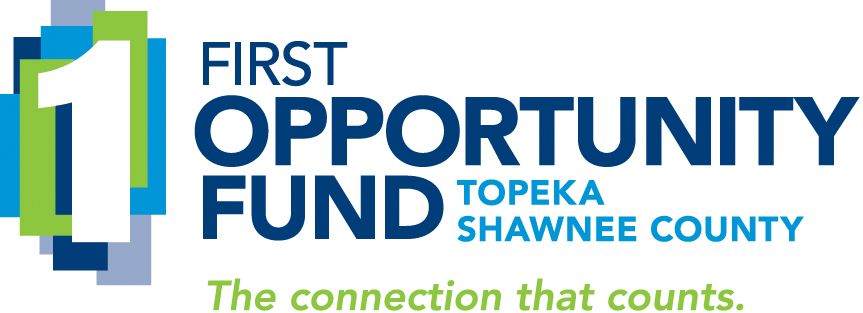 This is a tale of woe.
This is a tale of woe.
Of stress. Of wasted time. Of a frustrated home buyer whose lender let him down. A cautionary tale for lenders.
For the buyer, the home buying process is exciting. And hard. The lender’s job is to help the buyer through it in a responsible way. Buyers must understand the scope of their new financial obligation, and the bank/credit union must operate within the institution’s guidelines for safety and soundness.
Lenders: Here’s a course in what not to do.
My friend “Stan” (a real man, with a fake name) is a dream customer. He’s a millennial with a good job, solid credit and on the hunt for a new home to share with his partner. He’s already a homeowner and wanted to parlay the equity of his current home into a larger, nicer home. A recent bump in salary was also going to help him stretch his budget in an expensive housing market.
His current mortgage had been sold multiple times, which made things complicated at tax time. One year his mortgage had been sold twice, meaning he had to submit financial documents from three institutions at tax time. What a headache.
His primary FI was a large national bank and he was looking for a personal touch and local banking relationship. His friend "Jennifer" worked at a local institution and offered to help. It seemed kismet.
Jennifer promised a painless process. “I felt like she was going to look out for my best interests,” Stan told me.
But she overpromised.
In the beginning...
At the first meeting Stan and Sidney felt reassured that Jennifer had their backs. A tri-fold brochure provided an overview of the available mortgage products and the standard documentation was requested:
- pay stubs
- tax returns
- current mortgage documents
- a credit check
When things started to go sour
Jennifer promised to get back to them in a few days. When they heard back (about a week later than promised), “Bad news,” said Jennifer.
Stan was stunned.
The aggregate credit report showed some disputed accounts (which Stan’s records showed were closed student loan accounts with $0 balances). Jennifer offered to set up a contingent loan that would be similar to a conventional loan. This required an approval letter, which Jennifer offered to write but then failed to follow through.
Jennifer also advised Stan to call all three credit bureaus to get them to clear up the offending line items. Several phone calls and emails later, all three agencies said their records showed nothing problematic on his credit report.
Then Jennifer requested Stan pull his free credit report (we only have an aggregate report, she said). All three credit reporting agencies showed the disputed line items closed with a $0 balance. But Jennifer insisted her reporting showed the disputes were still there.
The breaking point
This is when Stan could stand it no longer. During this whole process, his home had sold and he was on a short time frame to finance his new home so he could vacate the old one by the closing. It was a three-day holiday weekend. Stan’s online search yielded two lenders that approved him right away for the amount he needed at the rate he needed, both with local branches and real people. His Sunday application was approved on the Monday holiday and he never looked back.
Why did this institution lose this customer? I asked Stan what he thought about the process in retrospect:
- Was it this particular banker’s lack of follow through?
- A lack of training?
- Did the banker take advantage of the friendship to be lax on process?
- Did the FI lack the right tech or have bad data?
- Were supervisors/managers not checking in?
All the hang ups had Stan wondering, “Am I a credit risk?”
The other institutions he spoke to didn’t think so.
The Lessons for Operations, HR and Marketing
Stan’s experience offers lessons for lenders—for operations, HR and marketing:
- If your brand promise is "fast, local loan decisions," make sure you can deliver.
- Set expectations from the beginning. What’s the process? Give buyers the big picture and the step-by-step so that nothing is left to interpretation or chance. Marketing should provide collateral and web content that makes this clear and easy for customers to find (for frequent reference).
- Provide a written timeline that covers each step in the process. If the buyer is shooting for a specific date for approval, they need to know which deadlines they must meet and which deadlines the bank must meet.
- Communications should be clear, timely, open and in writing.
- Managers, check in with your loan officers and bring in other team members as needed. If someone seems to be stuck at the beginning of the sales funnel, find out what the road blocks are and offer help. Make sure customers know that there is a team looking out for them, not just one loan officer who may be overwhelmed or simply not paying attention.
- Is the customer asking for something that doesn’t make sense or isn’t in their best interest? Give them options on how you can work with them. Help them make smarter financial decisions.
- Professionalism is required. When friends become customers, give them your best as you would any other prospect.
The lender has all the knowledge and resources. Don’t make your customers feel like they’re begging for help. Customers can shop around. They have options. If you don’t take good care of them, someone else will.
Another Nightmare
“I got chosen for a re-audit a few days before my closing and had to resend all the forms. It was my 1st house purchase and definitely added to the stress. It was too close to the closing to look elsewhere.” —Scott, member of Banktastic National Millennial Advisory Board
If you need help equipping and training your lending team to serve Millennial homebuyers, contact Martha at 785.969.6203 or
Learn how to turn other Millennial financial pain points into new and innovative product offerings in our article Millennial Financial Woes Can Inspire Better Bank Products and Marketing.
Photo by Yogendra Singh on Unsplash
























